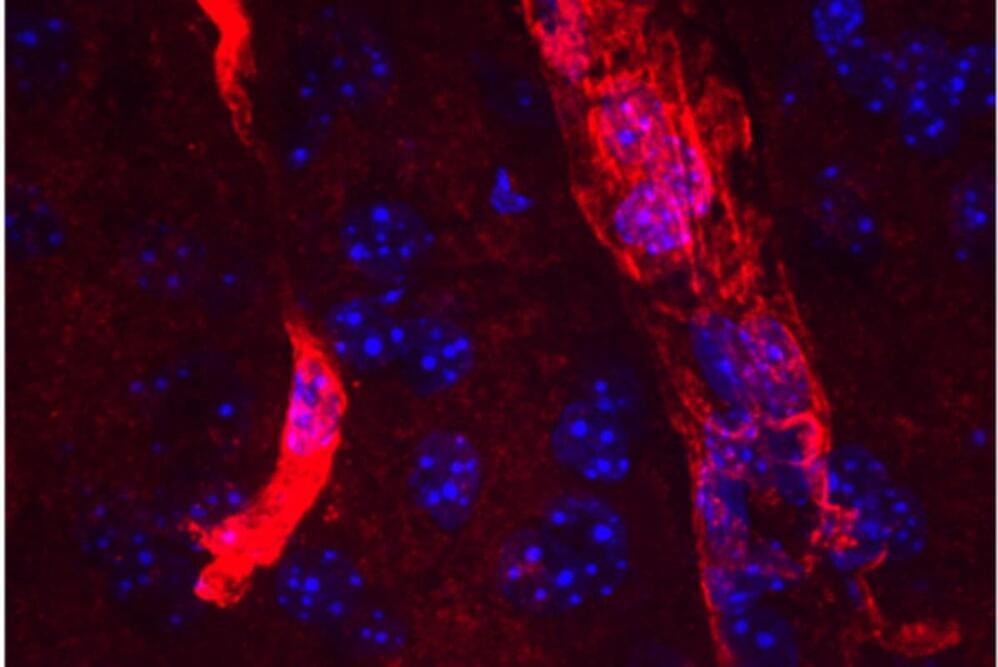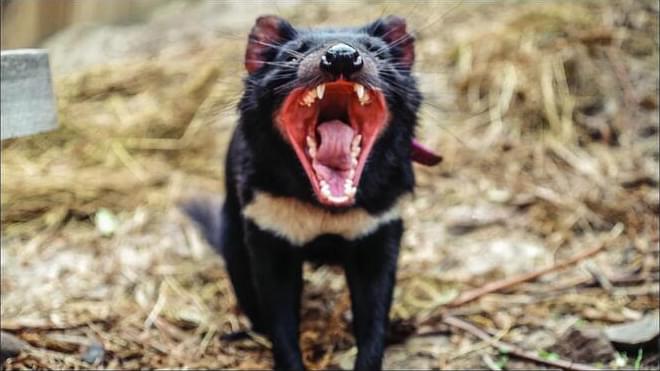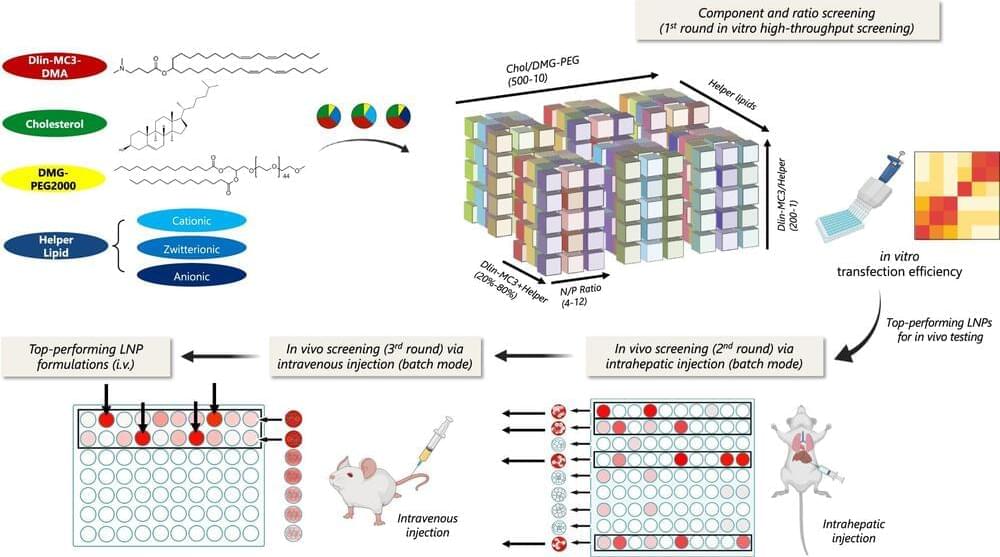Engineers at RMIT University have developed a method to use disposable personal protective equipment (PPE) to make concrete stronger, providing an innovative way to significantly reduce pandemic-generated waste.
The RMIT team is the first to investigate the feasibility of recycling three key types of PPE—isolation gowns, face masks and rubber gloves—into concrete.
Published in the journals Case Studies in Construction Materials, Science of the Total Environment and Journal of Cleaner Production, the studies by RMIT School of Engineering researchers demonstrate the potential for PPE to be used as reinforcement materials in structural concrete.





